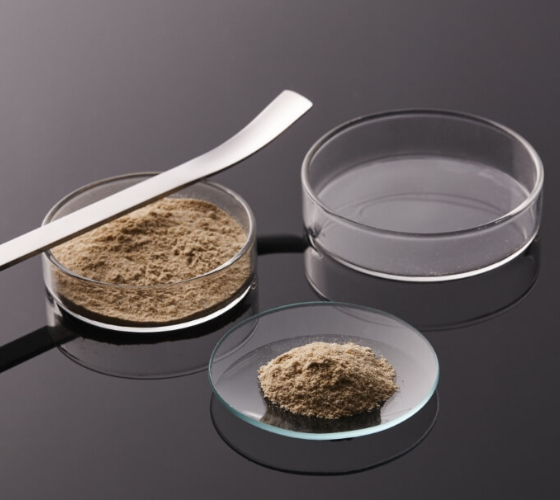Did you know acupuncture works for pets too? Dr. Ying-Ting Chien explains "How to Address Joint Issues"

Acupuncture for pets is a fascinating topic. Many pet owners are turning to this alternative treatment, especially for pets with conditions like bone spurs. To provide better insight, here are some common questions about pet acupuncture that can help owners understand it more.
1. Does acupuncture really work for arthritis in pets? What's the science behind it?
Absolutely!
- From a Western medicine perspective: Scientific studies have shown that stimulating acupuncture points can help regulate physiological functions in the body. Back in 2007, the World Health Organization (WHO) recognized acupuncture's potential in treating or alleviating various conditions. Arthritis often leads to tightness in surrounding fascia, and acupuncture—especially when combined with manual needle techniques or electrotherapy—can help relax the fascia and prevent secondary injuries caused by compensation mechanisms.
- From a traditional Chinese medicine (TCM) standpoint: Meridians in the body act like interconnected roads that support the flow of qi (energy) and blood, ensuring normal physiological functions. Arthritis is akin to a "collapsed road" in the body, causing blockages that disrupt traffic flow. This stagnation leads to pain, as the saying goes, "Where there is no flow, there is pain." Acupuncture works by clearing these blocked pathways, restoring flow, and thus relieving pain.
2. Is acupuncture for pets similar to acupuncture for humans?
While the principles are the same, there are significant differences in practice.
For instance:
- Herbal medicine: Since pets' sweat glands aren't as developed as humans', certain "sweat-inducing" herbs must be used cautiously. Additionally, there are many dietary restrictions for pets, and adjusting dosages is an art in itself.
- Acupuncture points: Most acupuncture points are shared across species, but some are unique to animals, or their locations differ. For example, the "Hegu point (LI4)" in humans is between the first and second metacarpal bones (at the highest point between the thumb and index finger). For dogs, it's located between the second and third metacarpal bones!
3. What should I watch out for when treating pets with acupuncture? Are there pets that shouldn’t undergo it?
In general, most dogs and cats can safely receive acupuncture.
However, because acupuncture can cause sensations like soreness, tingling, or pressure, pets may initially feel confused or resistant. With some reassurance from their human companions, most pets begin to relax during treatment. Some even fall asleep while being treated!
That said, there are precautions to note:
- Pets with epilepsy should avoid "electroacupuncture."
- For frail pets, only a limited number of acupuncture points should be used.
It's essential to discuss treatment plans with your veterinary acupuncturist to ensure safety and effectiveness.
4. Are there any other recommended care methods besides acupuncture?
If arthritis is due to chronic inflammation, pet owners can try heat therapy and massage at home for relaxation. Be mindful that heat packs should not exceed 45°C to avoid low-temperature burns.
In terms of diet and supplements, research has identified some ingredients that support joint health:
- Omega-3 fatty acids: Found in fish oil and green-lipped mussels, omega-3s can help slow the progression of arthritis. Moderation is key in daily supplementation.
- Undenatured Type II Collagen (UCII): This is a primary component of cartilage and provides essential nutrients for joint repair when taken regularly.
- Fucoidan: Adding low-molecule-weight fucoidan to the mix helps maintain muscle strength, protect joints, and support weight-bearing capacities.
About Dr. Ying-Ting Chien
- Experience: Founder of Zai Zai Mobile Vet Clinic; Certified Acupuncturist from Chi University (USA)
- Specialties: Veterinary Chinese medicine, geriatric pet care
Reference: https://www.hiq-pets.com/article/117




